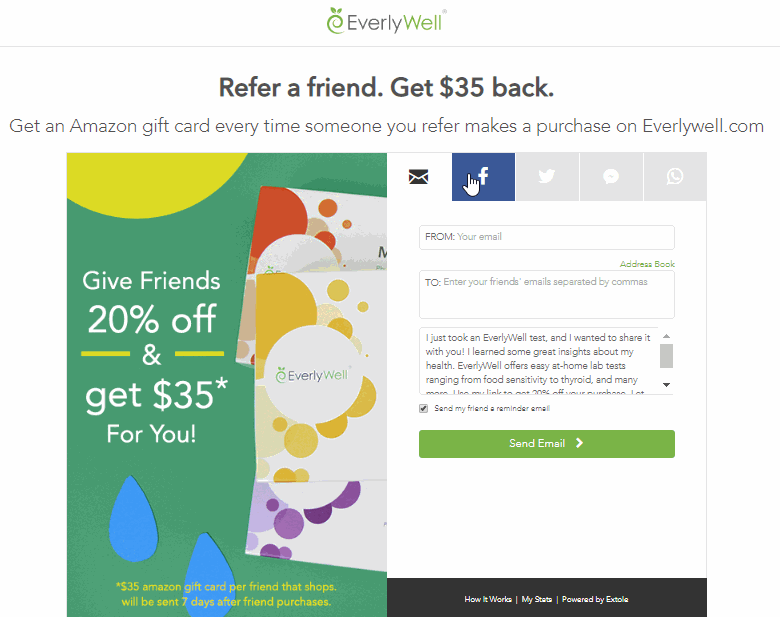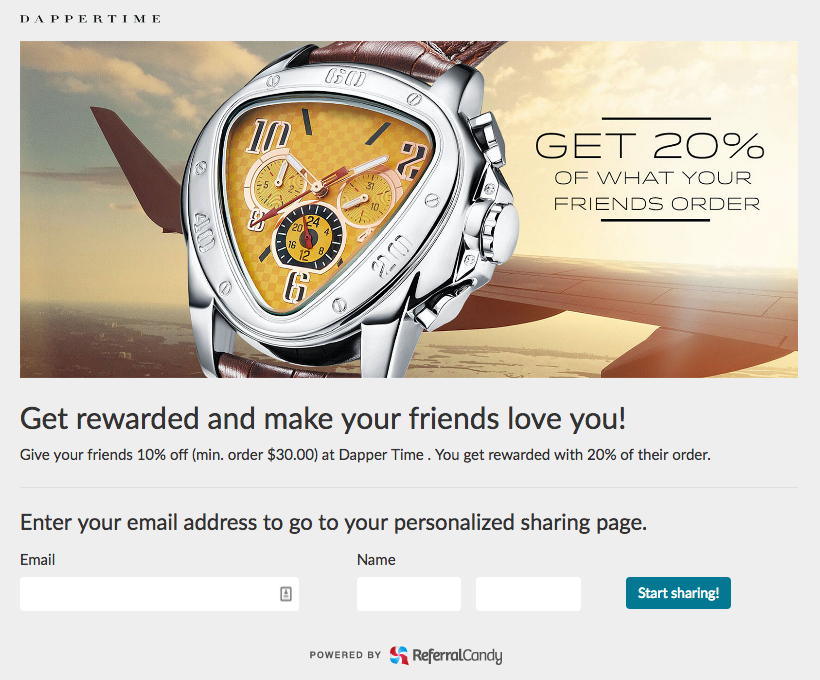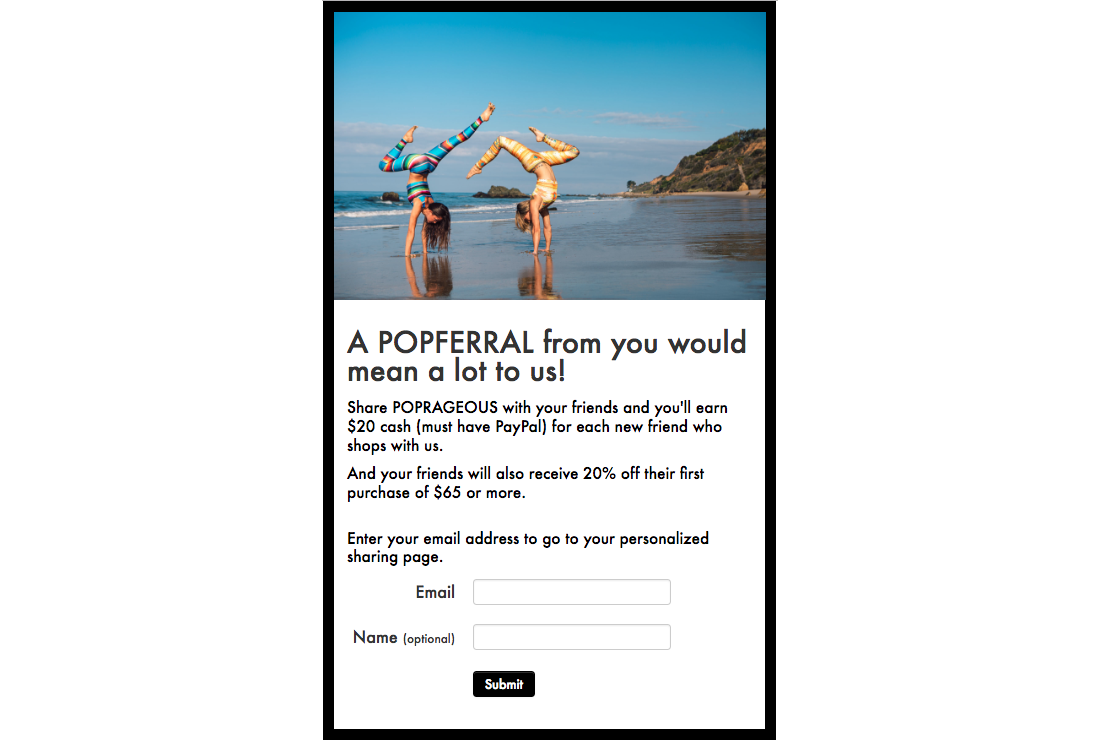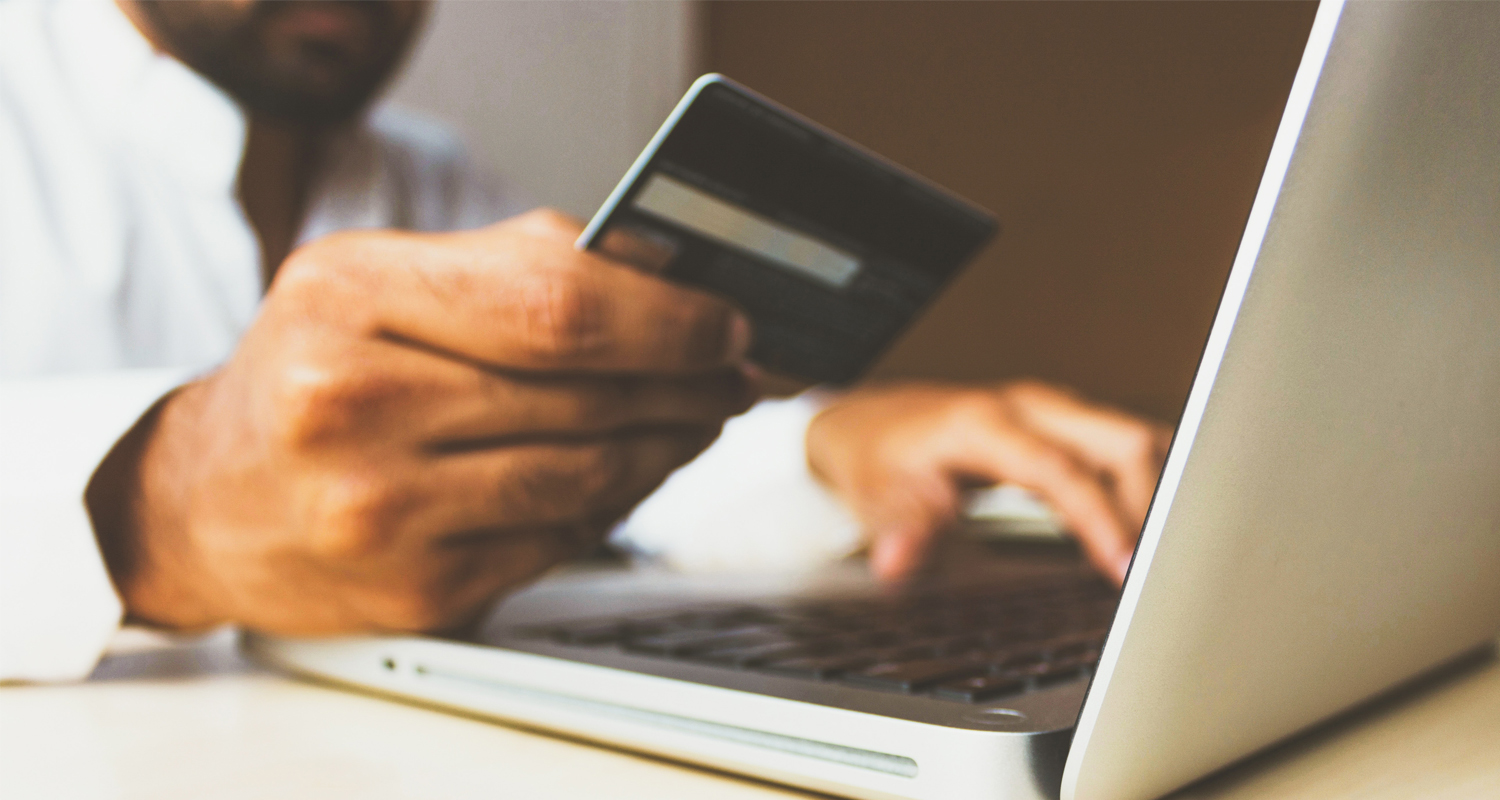Recently we interviewed Raul Galera, Partner Manager at ReferralCandy. ReferralCandy helps businesses acquire new customers and retain existing ones by leveraging the power of word-of-mouth and customer loyalty.
We asked Raul different customer retention strategies and how an ecommerce store can leverage their interactions with their customers to generate more sales.
Read more and find out how to retain your customers more efficiently and turn them into your sales team.
What are some of the best customer retention strategies?
Building customer loyalty is the result of a combination of multiple customer retention strategies. But first of all, you must deliver a great experience throughout the buyer’s journey.
“If something doesn’t work the way a customer expects, or your support team doesn’t come to the rescue early enough if something breaks, your customer will lose trust – and there isn’t much you can do to get it back.”
How you build customer loyalty also varies depending on how your brand positions itself against the competition.
Ask yourself… ‘Why are your customers buying from you, and not others?’ and ‘Do you have a strong brand voice that reflects your brand and products?’
If so, building a community of users around your customer base is the best way to ensure your clients are identifying with the values your brand stands for.
For instance, why do people get a MacBook or a Tesla over cheaper alternatives, or why are some people loyal to Dunkin’ Donuts or Starbucks over ‘better’ coffee?
They do it because the brand means something to them.
This will also make it easier for customers to talk to their friends and family about your brand and bring in new sales via word-of-mouth.
On the other hand, if you are using price as a way to stand out from your competition, you can use different pricing strategies to build customer loyalty and make sure your clients keep coming back for more.
What can an ecommerce store owner do to retain its customers?
A great cost-effective way to increase customer retention is to create a loyalty program for your customers.
This will allow them to accumulate points with every purchase, eventually turning these points into rewards they can redeem at your store.
“By offering your customers a free gift or a discount on their next purchase every time they refer a friend, you are not only incentivizing them to go outside and spread the word about your brand, but you’re also making sure they have one more reason to buy again from you in the future.”
There’s a reason why such competitive industries like aviation and hospitality rely on loyalty programs to keep their customers engaged.
And they’re more than just promotions or discounts, these programs are a cornerstone of their entire customer experience as a brand.
You can also combine a loyalty system with a refer-a-friend program.
How can you use referral programs to boost sales?
As Raul mentioned earlier, your customers are your best salespeople, for several reasons.
“First, they trusted you and your product enough to actually pay for it in the first place. Second, after using your product, they can use their own personal experience as a way to recommend it to their friends and family. Third — even though they’re acting like a member of your sales team, they don’t sound like one because their recommendation is genuine.”
A great way of keeping track of your referral sales and making sure your customers are incentivized to keep talking about your brand is by setting up a refer-a-friend program.

Everlywell’s refer-a-friend program
A referral program is one where your customers can send their friends a discount on their first purchase. And usually, in return, the referrer will get a discount too. This can help you turn organic word-of-mouth sales into a scalable marketing channel.
Everlywell made it easy for their customers to refer friends by providing different channels to share the referral link.
How can you use images to help you turn customers into salespeople?
According to Raul, one of the best ways to promote your referral program is to have a landing page with strong visual content. And you should promote your referral program by emailing your customers.
“Adding a strong visual component to your marketing assets is a good way to make sure the content stands out and the message gets delivered correctly.”
The images you choose become your brand image.

Thrive Causemetics used professional images while keeping the same brand style
Images can say more than a thousand words and can really communicate what your brand is about.
Thrive Causemetics makes sure that their brand style reflects even their referral page by using high-quality photos and the same color and styles.
“We recently wrote a comprehensive piece on our blog where we highlighted examples of good referral emails, and almost all of them had chosen an image that was meant to catch the readers’ attention and provide them with more information about the program.”

Dappertime also uses images that reflects their brand voice
Using the right images, you can make your referral program more powerful by not only making it stand out but also help you deliver your brand and vision to your customers. Making them more likely to refer your business to their friends.
How can you optimize your images to bring more referral traffic?
To Raul, right off the bat, the basics of using images to optimize your referral traffic are:
“Number one, make sure to watermark images with your brand logo or store URL. Two, name the image with your brand. And three, use compression to make sure it loads faster and doesn’t hurt your conversion rates.”
On top of that, try to make sure that the brand image resonates with the user it’s directed to.
The example below is an image from PopRageous.
They promote their referral program in a way that allows one to know who PopRageous’ ideal customer base is as well as their values and brand image.

PopRageous referral program
That being said, the best way to optimize your images is to make them relevant to your target audience while offering clear value of what your customers might get if they start referring their friends.
In conclusion…
Most of the people who buy from a brand, they do so because the brand means something to them.
As long as your brand makes them feel something, they will likely refer your products to their friends, family, or audience.
If they can trust your brand to deliver something more than the product, they will share their experience, and these personal experiences are much more valuable than a product page.
But remember you can’t do that without good product images because all the images you publish on your ecommerce store become part of your brand image and having poorly optimized images can hurt your conversions and drive your potential customers away.








